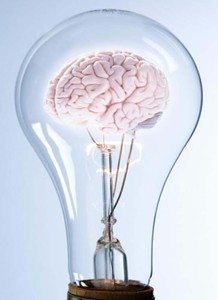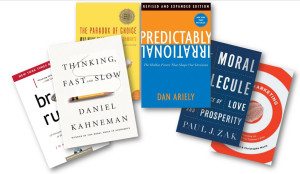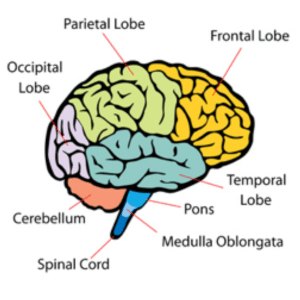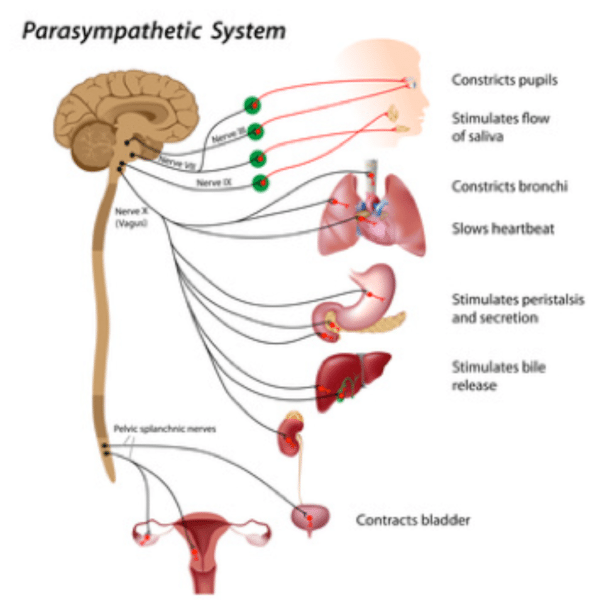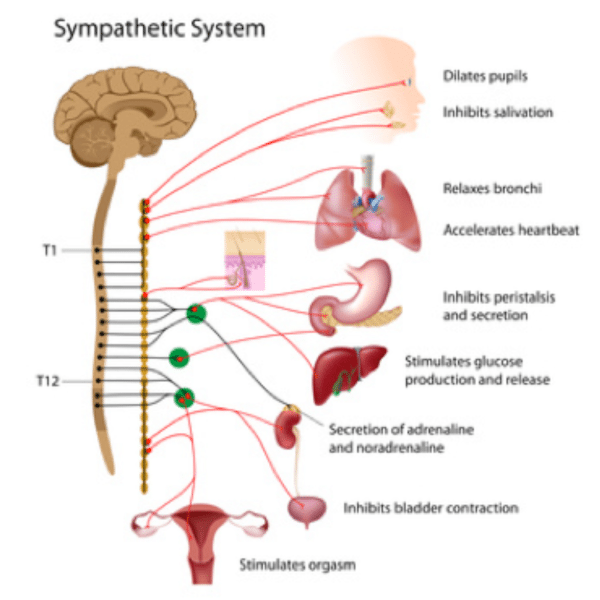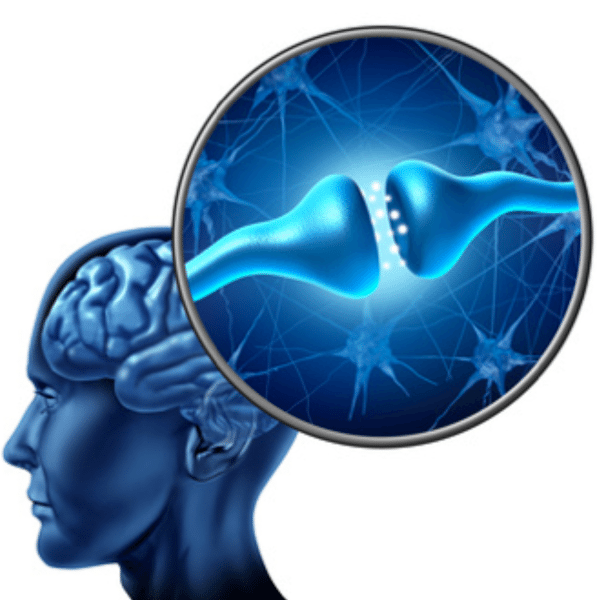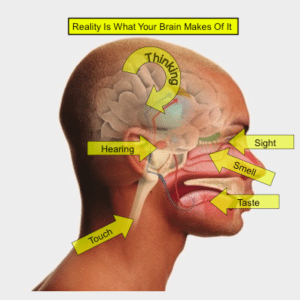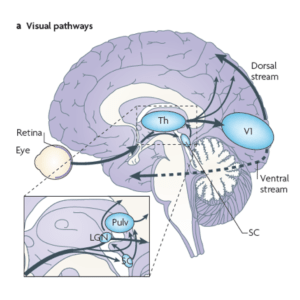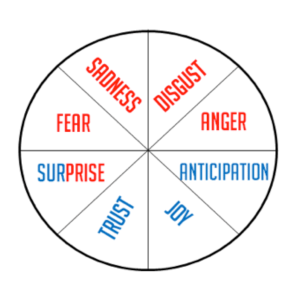The combination of neuro and marketing implies the merging of two fields of study (neuroscience and marketing). The term neuromarketing cannot be attributed to a particular individual as it began to be used by several academics around 2002. Created in May 2002, SalesBrain became the first company to offer neuromarketing research and consulting services advocating the use of methods coming from the field of cognitive neuroscience and psychology. In simple terms, neuromarketing suggests that understanding and predicting consumer behavior must include the perspective of neuroscience, which means decoding the neurological basis of advertising effectiveness and buying decisions. A growing number of books (including two published by the co-founders of Salesbrain) have been published on the subject of neuromarketing since 2002. Neuromarketing is also commonly referred to as consumer neuroscience, consumer biopsychology, media neuroscience, and persuasion science. For more, we recommend you go to our favorite list of books by clicking here.
Meanwhile, the first scholarly piece featuring neuromarketing research was performed by Read Montague, Professor of Neuroscience at Baylor College of Medicine in 2003 and published in Neuron in 2004. The study asked a group of people to drink either Pepsi or Coca-Cola while their brains were scanned using an fMRI machine. While the conclusions of the study were intriguing, Dr. Montague did not provide a rationale for how our brain handles brand choices. However, the study did reveal that different parts of the brain light up if people are aware or not aware of the brand they consume. Specifically, the study suggested that a strong brand such as Coca-Cola had the power to “occupy” a special place in our prefrontal cortex (PFC) which lights up if people know they are drinking Coca-Cola. However, when they don’t, the activity is in a different place called the Nucleus Accumbens (Nacc), a brain area that mediates pleasure. The PFC manages our attention, controls our short-term memory, and does the best of our reasoning–especially planning. So according to the study, when people know they are drinking Coca-Cola, they think they prefer the Coca-Cola brand over Pepsi which may explain why their PFC lights up. However, when they don’t know which brand they are consuming, they report that they prefer Pepsi instead. In this latter event of the study, the part of the brain which was most active was not the PFC but an older brain structure nestled in the limbic system called the Nacc. The Coca-Cola and Pepsi study may have not been enough to convince many marketing researchers that neuroscience could help crack the neural code of our decisions, but it was certainly a great start to a new field. Since then, dozens of remarkable peer-reviewed studies have been published confirming the correlation between consumer behavior and brain activity.
Understanding the Brain as an High-Energy Consuming Organ
